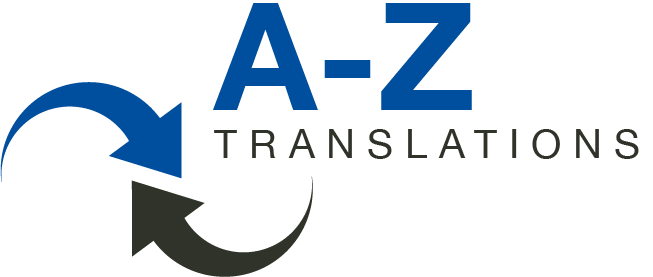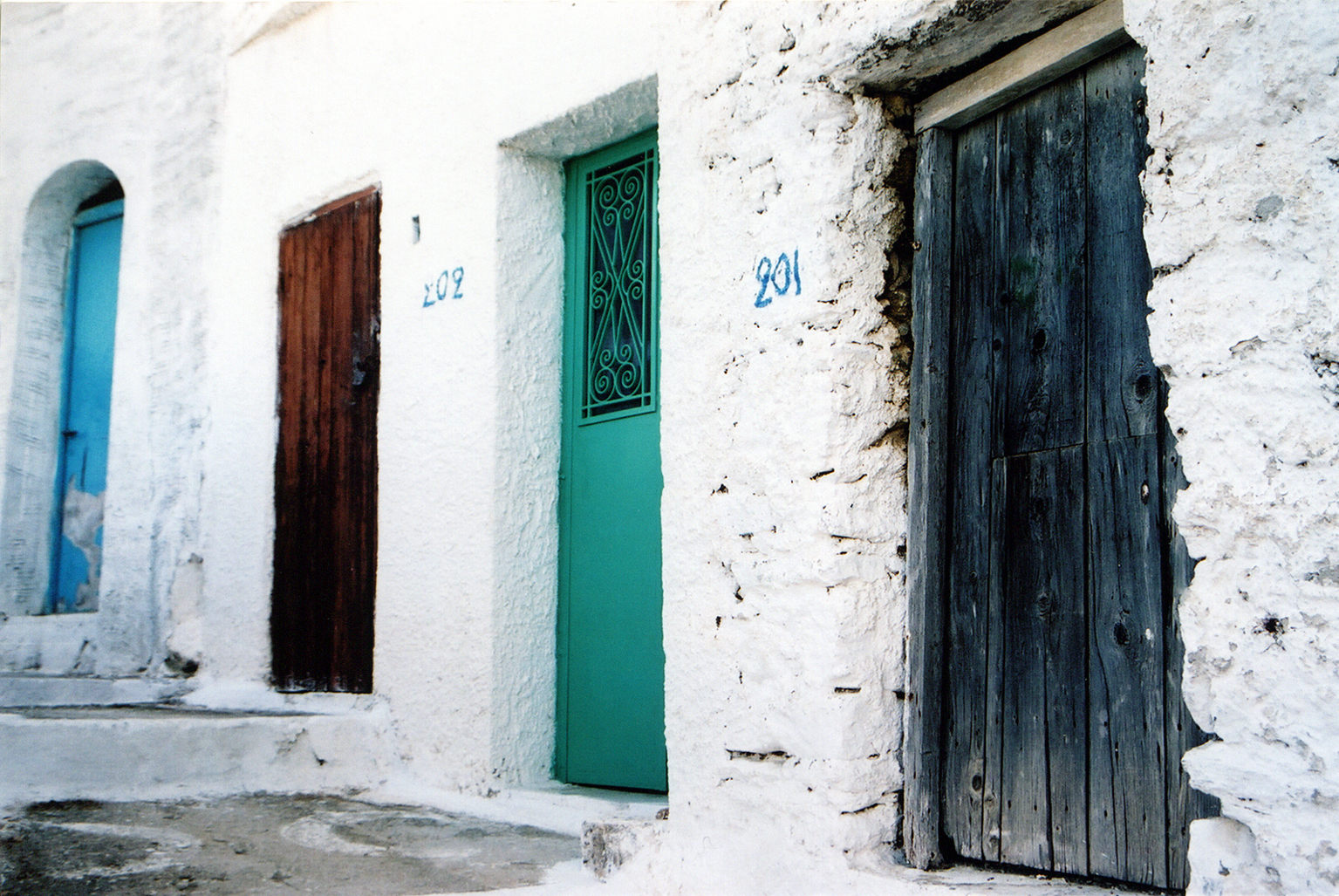When is a door not a door?
In all contexts, particularly technical texts, it is important to use the terms your readers themselves use. Even the simplest words that appear to convey an identical range of meaning in all languages may not be synonymous.
For instance, some languages have different words for doors between rooms and doors on cabinets, ovens, etc. A mistake here may not render a text incomprehensible, but it does signal an ignorance of the subject area. This will undermine confidence in the rest of your translation.
Subject knowledge is crucial for doing a good job, and demonstrating your expertise is a sure-fire way to impress your clients.
There isn’t much to add to this, except maybe to stress once more how utterly important it is to „know your stuff“ in any given area in which you translate. Otherwise, how will you do it well? And really, I think it’s not so much about impressing your clients, but rather making sure they really understand everything correctly.
I know my students always roll their eyes at the mere mention of „expert knowledge“ but there is just no way around it. Just like there is no way around keeping up with what is going on in your chosen area of expertise. CPD is not just a buzzword – it’s necessary if you want to be good at what you’re doing. The world keeps evolving and changing all the time, so if you want to be a good translator, you cannot afford to slack off when it comes to staying informed.
This is number 63 of the „101 things a translator needs to know“ compiled by WLF Think Tank. If you haven’t heard of it, go to the website and check it out. I got my copy from Chris Durban herself at a translator’s conference in Berlin a few years ago. It is full of useful, often funny, sometimes familiar, but always sound advice both for beginners and seasoned translators.
Image from freeimages.com


